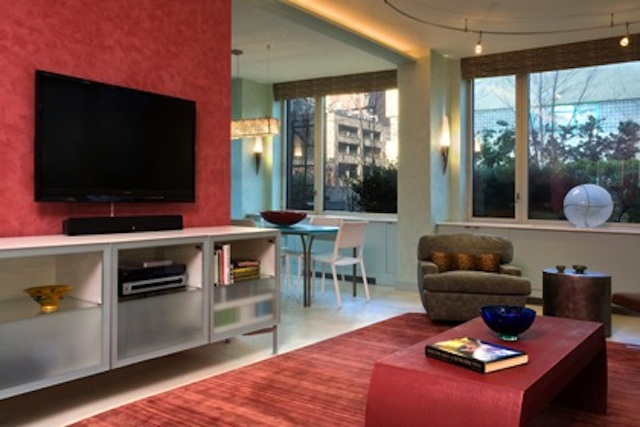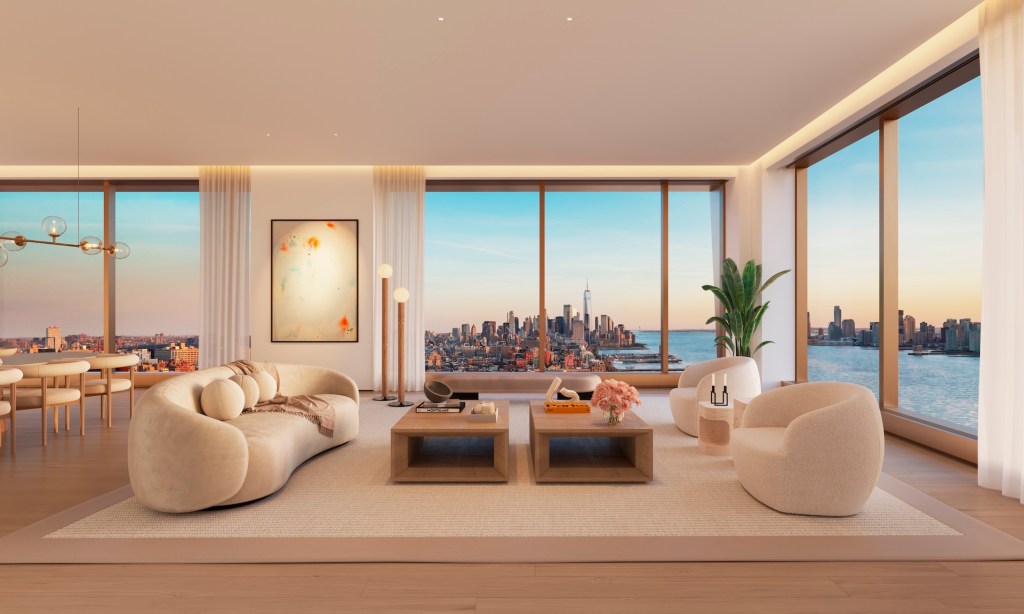How to Work With an Interior Designer: The Basics

Working with an interior designer for the first time, you’re naturally going to have questions about issues ranging from cost to quality assurances to dealing with third-party contractors. We turned to David Kaplan of David Kaplan Interior Design, LLC. for the answers.
Question: I have never worked with a designer before and I find there are various methods of compensation from one designer to the next. Can you tell me what the more typical fee structures are, so that I can be comfortable that it makes the most sense for me? And, what can I expect the interior designer will be responsible for?

David Kaplan of David Kaplan Interior Design, LLC says: First, each designer may have a system of compensation somewhat different from the next, but essentially the designer deserves to be equitably compensated for the particular scope of work involved, which may include any or all of the following: preliminary design concept ideas and drawings, color schemes, furniture plans, lighting plans, custom design detail sketches, specifying and tracking orders, periodic reviewing progress of third-party trades service providers, checking installations, and general project oversight.
 Anything the designer is asked to do on behalf of the client and all terms should be clearly spelled out in a Letter of Agreement. The best time for the homeowner to ask questions is before the project starts and an open dialog should be encouraged.
Anything the designer is asked to do on behalf of the client and all terms should be clearly spelled out in a Letter of Agreement. The best time for the homeowner to ask questions is before the project starts and an open dialog should be encouraged.
It helps if the homeowner recognizes that the value of a trained professional interior designer is not just for their “good taste” and creativity but also for their level of experience in sourcing products, working with vendors, coordinating a multitude of components in proper sequence and ability to analyze space—all of which will save the client from attempting to act as their own project manager or making the wrong choices, which in effect is a real cost savings. Therefore, the amount of compensation should be a mutually acceptable arrangement as it relates to the type of service provided.
Second, the interior designer should be responsible for presenting concise design concept plans and specifications to the client and to fabricators. However, designers cannot be held responsible for any delays or issues with quality of product. The client should be an active participant in the process of selecting furnishings as well as custom designs, approving all proposed furnishings, technical drawings and samples before ordering or fabrication. If an architect or contractor is brought in, whether by the designer or otherwise, the client enters into a separate contract with them directly.
The designer is only responsible to make certain that the product or service satisfies the design concept. If an issue arises with a product or service recommended and specified by the designer, it is only fair to expect the designer will assist the client to the best of their ability as the client’s advocate in helping to resolve the problem.
Success of the designer-client relationship, while professional, relies heavily upon close and open communication and collaboration throughout the process and beyond. For example, once the relationship is established and we complete one project together I often get called back a second or third time or get referred to my clients’ friends, family or business associates.
Following are typical compensation packages. You can expect somewhat of a range in fees depending on each designer’s level of experience.
Limited Term Consultations:
Per Diem or Hourly Fee
Preliminary Concept Phase:
Fixed Fee per room or overall project (average projected time to develop initial ideas based on size and complexity of the space)
Design Development/Detail Phase:
Hourly Fee for drafting detail drawings
Specification, Purchase & Fabrication Phase:
Percentage Fee based on cost of purchases and/or Hourly Fee
It is most common practice now for designers to reveal and extend to the client any discounts that are given to the designer by vendors.
A Fixed Fee for this phase is less common in residential projects as compared to contract projects where there is more repetition in product.
Contractor & Installation Administration Phase:
Percentage Fee based on cost of materials & labor and/or Hourly Fee
Once again, a Fixed Fee for this phase is less common in residential projects where construction is tailored to more custom design details as compared to larger scale contract projects where construction T&M is often based by the square foot.
Reimbursable Expenses:
Special costs, such as reproduction of plans, special delivery and messenger services, travel beyond the designer’s immediate vicinity
Have your own questions about working with an interior designer on a project of your own? You can contact David Kaplan at David Kaplan Interior Design, LLC at 212-462-4329 or online at www.dkidllc.com.



